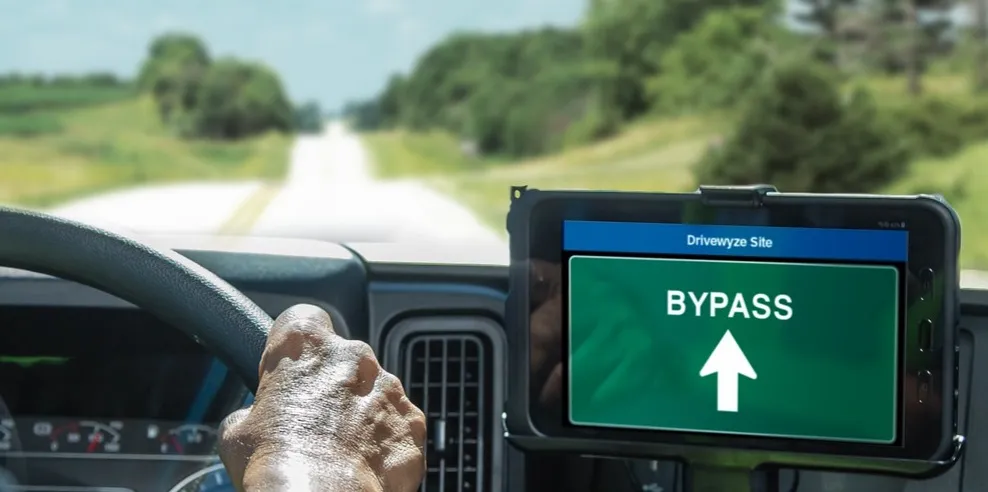
The KiTraffic Digital Weigh in Motion (WiM) system from Kistler has been awarded the OIML R134 certificate by the widely-recognised Swiss Federal Institute of Metrology (Metas).
Kistler's system consists of multiple rows of sensor strips based on digitalised Lineas WiM sensors equipped with piezoelectric quartz crystals that are built into the road surface.
It calculates the wheel, axle and total weight of each vehicle, and the digital platform's open interfaces mean it can be integrated with other components.
The system reaches F5 - the highest accuracy class of vehicle weight measurement - which indicates a maximum permissible error of +/- 2.5%.
At that level it requires three or four successive sensor rows to be integrated into the road surface (for F10 it only takes two rows).
Kistler says its solution "opens up new possibilities to automatically detect and fine overloaded vehicles".
It is possible to first install two sensor rows for statistical or preselection purposes, and upgrade to direct enforcement with one or two additional sensor rows later, the company adds.
The system was certified for axle loads from 1-20 tonnes, with unlimited GVW, and certified speed ranges of 10-100 km/h for heavy trucks, and up to 130 km/h for light vehicles and vans.
Kistler says the system is reliable even when vehicles cross the individual sensors in a diagonal direction - for example when overtaking other trucks.
The new sensor design allows the system to provide information on different tyre types and their condition, automatically recording this data to provide an accurate basis for law enforcement and increasing traffic safety.









